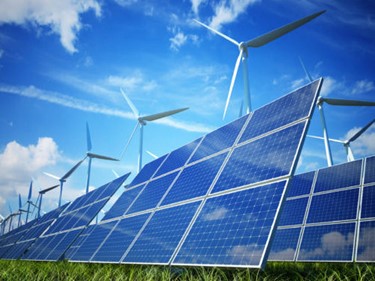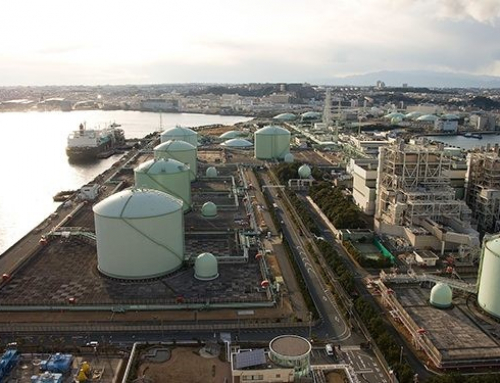
This article first appeared on the https://climatenewsnet@theenergy.comwebsite
Primary Author: Mitchell Beer @mitchellbeer
Global clean energy investment is on track to exceed US$1.4 trillion thisyear, representing “an important step in the right direction” that nevertheless falls “well short of what is required to hit international climate goals,” the International Energy Agency (IEA) concludes in its annual World Energy Investment 2022 report released yesterday.
“The fastest growth in energy investment is coming from the power sector—mainly in renewables and grids—and from energy efficiency,” the Paris-based agency says in a release. But encouraging as it is, “the growth of investment is still far from enough to tackle the multiple dimensions of today’s energy crisis and pave the way towards a cleaner and more secure energy future.”
“We cannot afford to ignore either today’s global energy crisis or the climate crisis, but the good news is that we do not need to choose between them—we can tackle both at the same time,” said IEA Executive Director Fatih Birol. “A massive surge in investment to accelerate clean energy transitions is the only lasting solution. This kind of investment is rising, but we need a much faster increase to ease the pressure on consumers from high fossil fuel prices, make our energy systems more secure, and get the world on track to reach our climate goals.”
The IEA’s figures show investment across all forms of energy up 8% this year, with increases over last year and the previous in energy efficiency, power utilities, and fossil fuels. Clean energy investment is growing at an annual rate of 12% after holding steady between 2017 and 2000, with increases in renewable power, efficiency, grids and storage, and electric vehicles.
“The gains have been underpinned by the increasing cost-competitiveness of many clean energy technologies and by policy and fiscal measures enacted to support transitions, often as part of efforts to ensure sustainable post-pandemic recoveries,” the IEA writes. Yet “almost half of the additional $200 billion in capital investment in 2022 is likely to be eaten up by higher costs, rather than bringing additional energy supply capacity or savings. Costs are rising due to multiple supply chain pressures, tight markets for specialized labour and services, and the effect of higher energy prices on essential construction materials like steel and cement.”
The agency’s calculation for “clean” energy spending includes small slivers for nuclear and a combined category of low-carbon fuels and carbon capture, utilization, and storage (CCUS), both of which held steady between 2021 and 2022.China led clean energy investment last year, with $380 billion, followed by the European Union at $260 billion and the United States at $215 billion.
“However, despite some bright spots, such as solar in India, clean energy spending in emerging and developing economies (excluding China) remains stuck at 2015 levels, with no increase since the Paris Agreement was reached,” the release states. “Public funds to support sustainable recovery are scarce, policy frameworks are often weak, economic clouds are gathering, and borrowing costs are rising. All of this undercuts the economic attractiveness of capital-intensive clean technologies. Much more needs to be done, including by international development institutions, to boost these investment levels and bridge widening regional divergences in the pace of energy transition investment.”
The IEA acknowledges that high energy costs are pushing some countries to increase their investments in fossil fuels, with coal spending up about 10%. “However, the lasting solutions to today’s crisis lie in speeding up clean energy transitions via greater investment in efficiency, clean electricity, and a range of clean fuels,” the agency writes. “There are many ways to respond to the immediate energy crisis that can pave the way to a cleaner and more secure future.”
Last week, Bloomberg News published a separate dispatch on U.S. clean technology investors who’ve been pouring billions of dollars into climate solutions and show no signs of stopping




